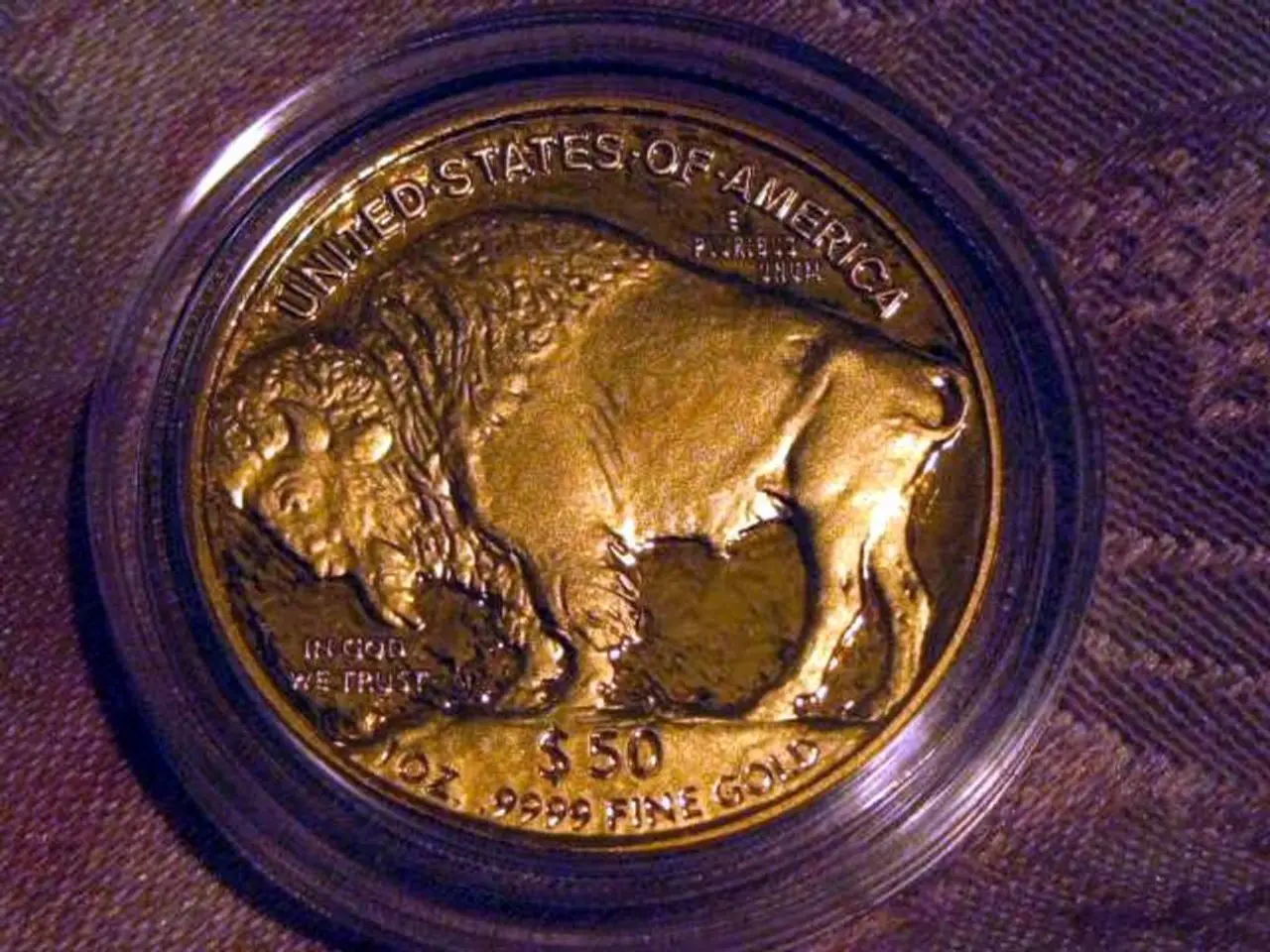Differences Between Refractor and Maksutov-Cassegrain Telescopes
For those embarking on a journey into the world of stargazing, the decision between achromatic refractors and Maksutov-Cassegrain telescopes can be a challenging one. Each option comes with its unique advantages and trade-offs, making it essential to understand the key factors that differentiate them.
When it comes to **performance**, achromatic refractors provide good quality views for bright objects, such as the Moon and planets. However, they suffer from chromatic aberration, or color fringing, which can be particularly noticeable on such targets. In contrast, apochromatic refractors boast superior optical quality, thanks to their use of exotic lens glass. This results in sharper, more color-accurate views suitable for serious observing and astrophotography. Maksutov-Cassegrains, on the other hand, offer extremely sharp images with minimal maintenance, making them a popular choice for planetary and lunar viewing.
**Cost** is another significant consideration. Achromatic refractors are more affordable, making them a popular choice for beginners. Apochromatic refractors, however, are more expensive due to their advanced optical glass and construction. Maksutov-Cassegrains fall in the mid to high range, generally costing more than achromatic refractors but offering compactness and ease of use.
**Aperture** is another important factor. Achromatic refractors are often limited in aperture to control chromatic aberration, with larger apertures leading to increased fringing. Apochromatic refractors offer a wider range of aperture sizes, though larger apertures may still be cost-prohibitive. Maksutov-Cassegrains are typically available in moderate apertures, with larger apertures less common but available.
**Convenience** is another key factor. Achromatic refractors have a simple optical design, making them easy to use and maintain. Some chromatic fringing can be tolerated. Apochromatic refractors require less maintenance and offer no significant color fringing, but they may require separate purchases of tripods and accessories. Maksutov-Cassegrains are known for their compact, portable designs, rarely requiring collimation, and easy transport.
**Weight** is also a consideration. Achromatic refractors are generally lightweight, while apochromatic refractors are comparable in weight but may be slightly heavier due to extra glass elements. Maksutov-Cassegrains are heavier than refractors for similar aperture due to their mirror and lens design, but their compact size aids portability.
**Cooldown time** is an essential factor for telescopes, as they need to acclimate to ambient temperature. Refractors cool down rapidly, while Maksutov-Cassegrains have longer cooldown times due to their thick corrector plates and mirrors.
**Deep-sky viewing** is another important consideration. Achromatic refractors are limited by their smaller apertures and chromatic aberration, making them less suitable for faint deep-sky objects. Apochromatic refractors are better for deep-sky viewing due to their cleaner, sharper images and better color correction, although aperture may still limit faint object visibility. Maksutov-Cassegrains offer good planetary and lunar viewing, with moderate deep-sky capability, but their smaller apertures limit their resolution for faint objects.
In conclusion, the choice between achromatic refractors and Maksutov-Cassegrains depends on your budget, portability needs, tolerance for chromatic aberration, and the types of objects you plan to observe most often. It's essential to weigh the pros and cons of each option before making a decision.
One important note is that both refractors and Maksutov-Cassegrains become heavy, bulky, and unaffordable at apertures over about 7". To mitigate thermal issues in Maksutov-Cassegrains, you can wrap them in reflective insulation or use a nozzle cooling system. Unfortunately, unlike reflectors, there is no practical way to install fans on a refractor to speed up the cooling process.
Ultimately, high-performance refractor and Maksutov-Cassegrain telescopes are suitable for viewing the Moon, planets, and double stars. Good refractors for planetary and double star viewing tend to be slow f/ratio apochromats and achromats, while fast achromats or imaging-oriented apochromats may have chromatic aberration. Larger 2" star diagonals hinder cooling more than 1.25" ones due to their greater thermal mass, and triplet apochromats may take longer to acclimate to the cold at larger apertures.
- Achromatic refractors provide good quality views for bright objects such as the Moon and planets, but suffer from chromatic aberration on such targets.
- Apochromatic refractors, with their superior optical quality, offer sharper and more color-accurate views suitable for serious observing and astrophotography.
- Maksutov-Cassegrains offer extremely sharp images with minimal maintenance, making them a popular choice for planetary and lunar viewing.
- Achromatic refractors are more affordable and easy to maintain, while apochromatic refractors are more expensive due to their advanced optical glass and construction.
- Aperture is an important factor, with larger apertures in apochromatic refractors leading to increased chromatic aberration.
- Convenience is another key factor, with Maksutov-Cassegrains being known for their compact, portable designs and easy transport.
- Refractors cool down rapidly, while Maksutov-Cassegrains have longer cooldown times due to their thick corrector plates and mirrors.
- Deep-sky viewing is less suitable for faint deep-sky objects with achromatic refractors due to their smaller apertures and chromatic aberration.
- High-performance refractor and Maksutov-Cassegrain telescopes are also suitable for viewing sports, nebulae, science, technology, star clusters, and galaxies.




